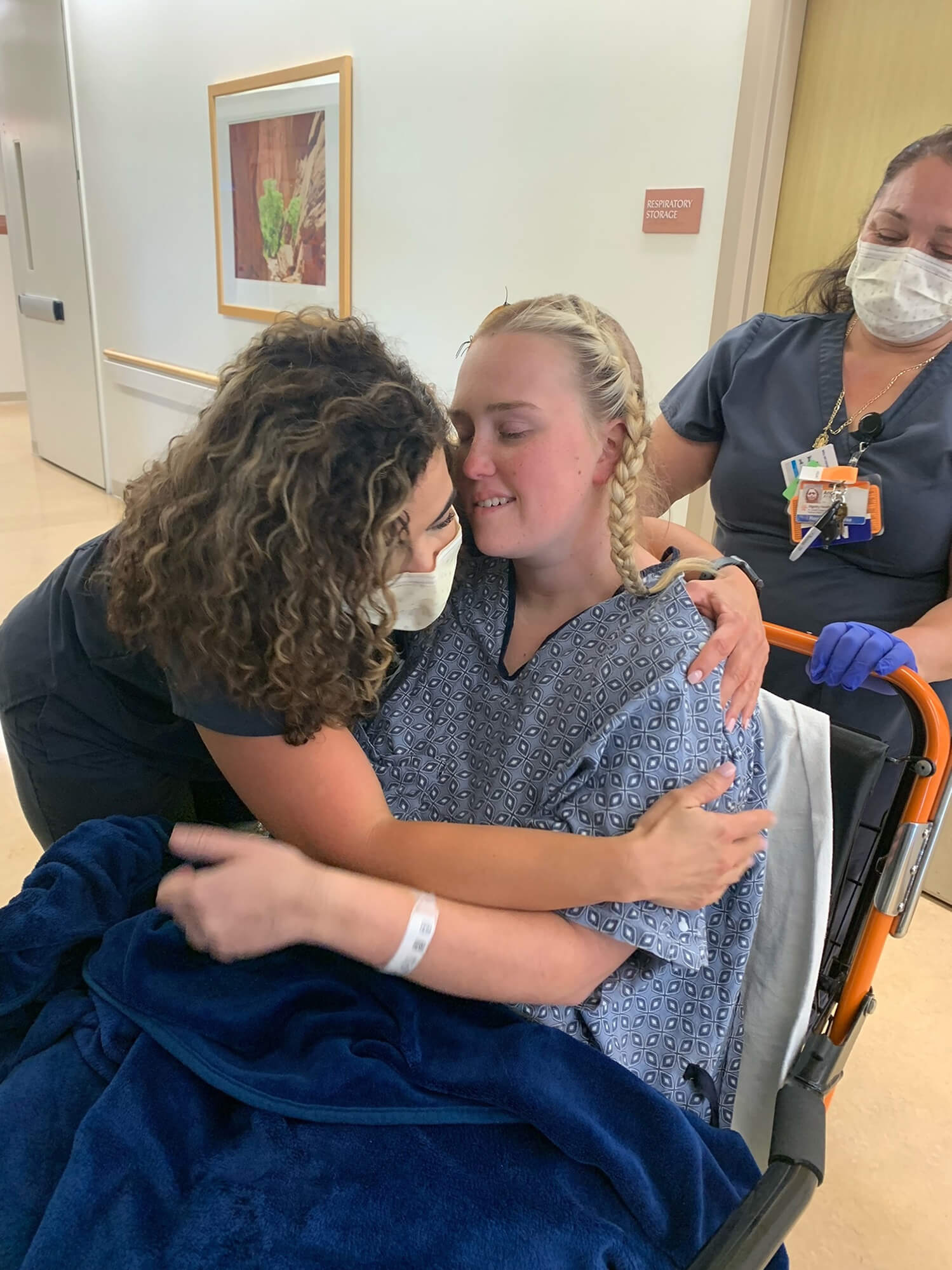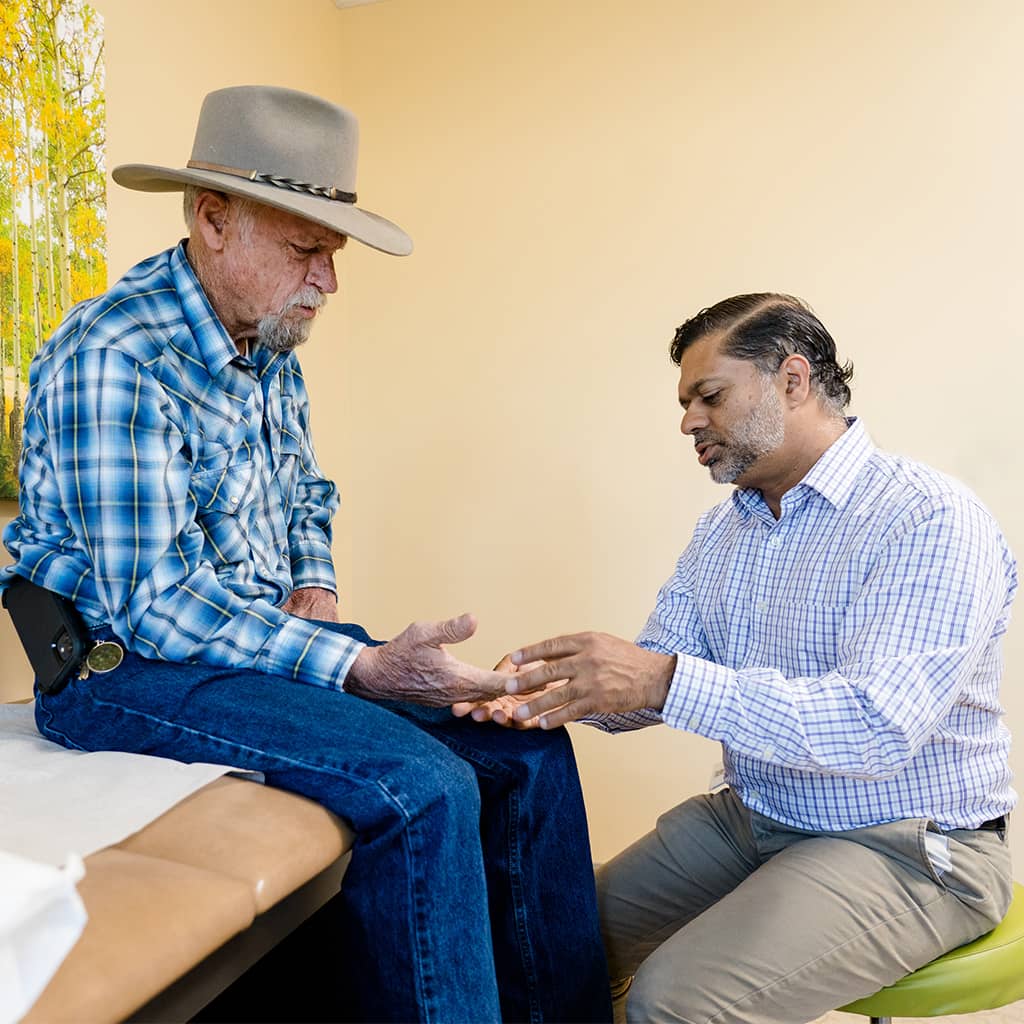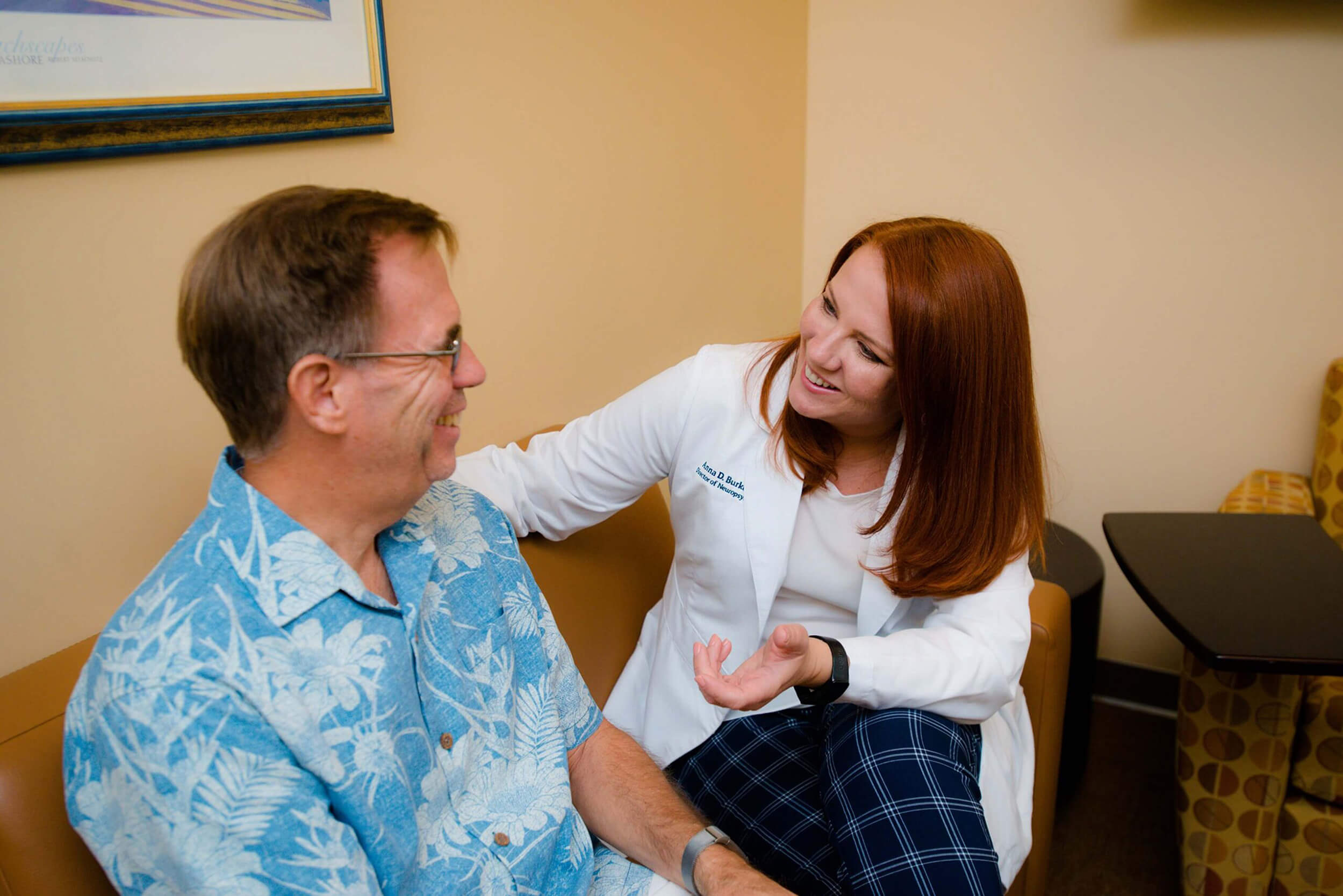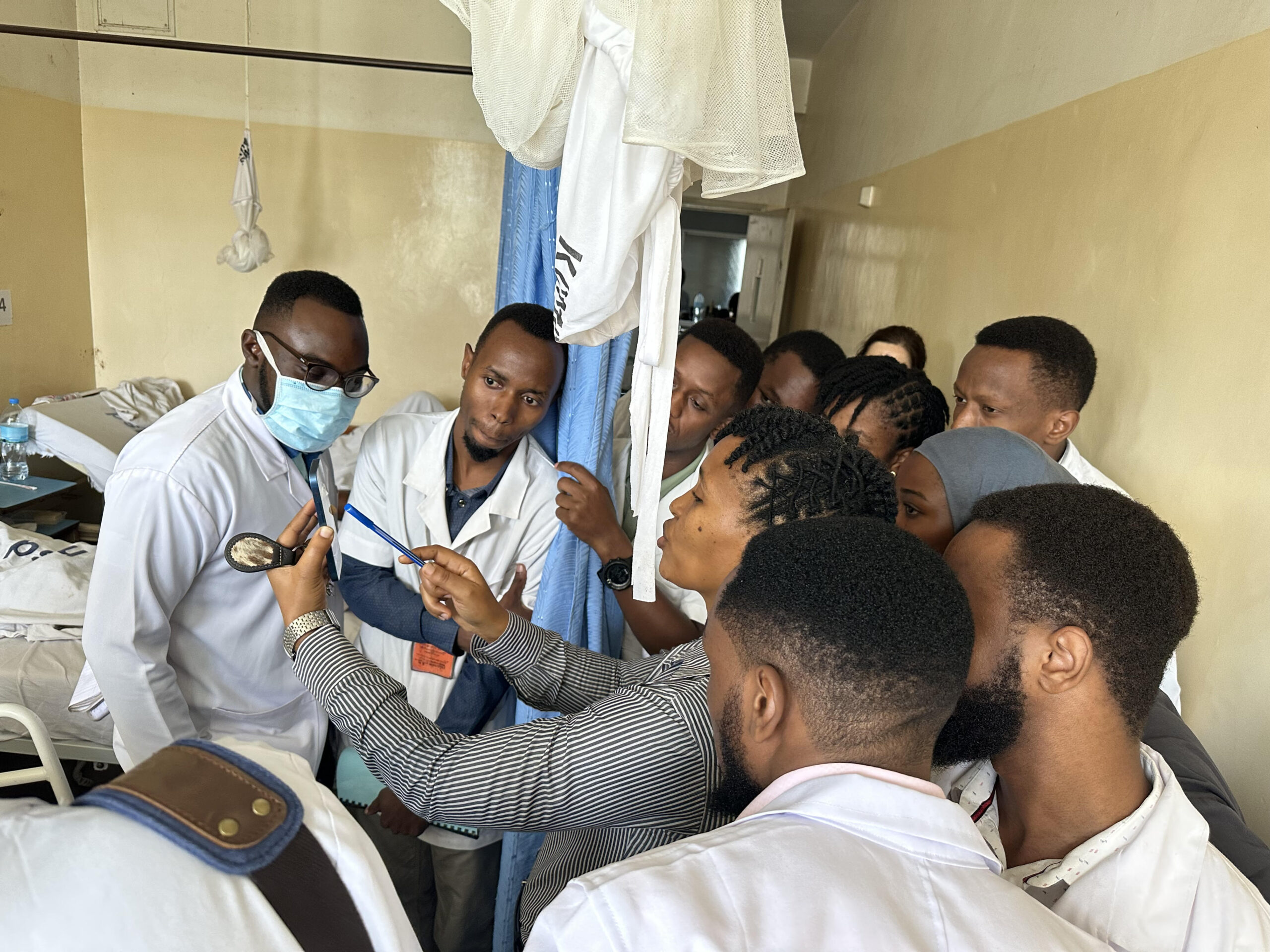Barrow Aneurysm and AVM Research Center
Support Barrow scientists developing novel treatments for aneurysm and AVM patients.
Donate to Aneurysm and AVM Research
The most frightening part about having a brain aneurysm or arteriovenous malformation (AVM) is that you may not even know it until it’s too late. These vascular malformations typically do not cause symptoms until they become very large or rupture. When a rupture does occur, it causes bleeding in the brain that can have life-altering or fatal consequences. To help change these outcomes, Barrow accepts challenges by taking on patients who are deemed ‘inoperable’ by others.
Your Donations Help Scientists Push Boundaries in Research
Led by Barrow Neurological Institute President and CEO Michael T. Lawton, MD, the Barrow Aneurysm and AVM Research Center conducts vital research into the genetics, formation, and rupture of aneurysms and AVMs. Scientists in the Center continuously push boundaries in research to develop new, less invasive, and more effective treatments for patients worldwide.
Barrow Neurological Foundation donors provide critical seed funding for scientists to test novel ideas in smaller studies. The preliminary data generated by these initial studies is essential to securing grants from outside entities such as the National Institutes of Health (NIH) for larger studies and, eventually, clinical trials.
Revolutionizing Aneurysm and AVM Treatment
The Barrow Aneurysm and AVM Research Center pushes the boundaries of care, leading to the development of new, less invasive, and more effective treatments for patients around the world.
Your Support, Their Stories
Grateful patients share how Barrow aneurysm and AVM specialists gave them a second chance at life.

Thank God we got Morgan to Barrow and that Dr. Lawton was there to do the surgery. We were at the best place and in the best hands possible.
[Name Title]
Dr. Lawton saved Morgan’s life after she suffered from a ruptured AVM.

You Advance Life-Saving Aneurysm and AVM Research
Aging and Aneurysm Rupture
Familial AVM Drug Targets
Sporadic AVM Drug Targets
Improving Subarachnoid Hemorrhage Outcomes
Discover More Programs
Support groundbreaking research and clinical trials to give ALS patients a better quality of life.
Help Barrow achieve its mission of transforming Alzheimer’s from a devastating diagnosis to a manageable, chronic condition.
Help Barrow provide patients from all walks of life with exceptional concussion and TBI research, treatment and care
Help us improve access to neurological care in the developing world through world-class education and training.
Support the Ivy Brain Tumor Center’s mission to find a cure for brain cancer.





